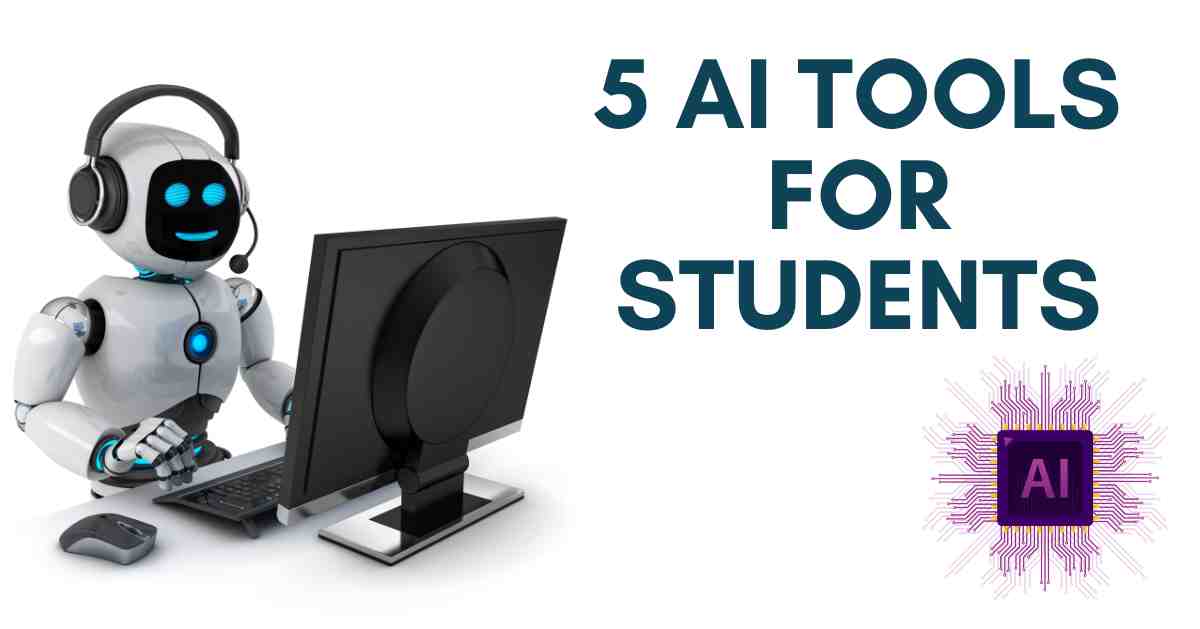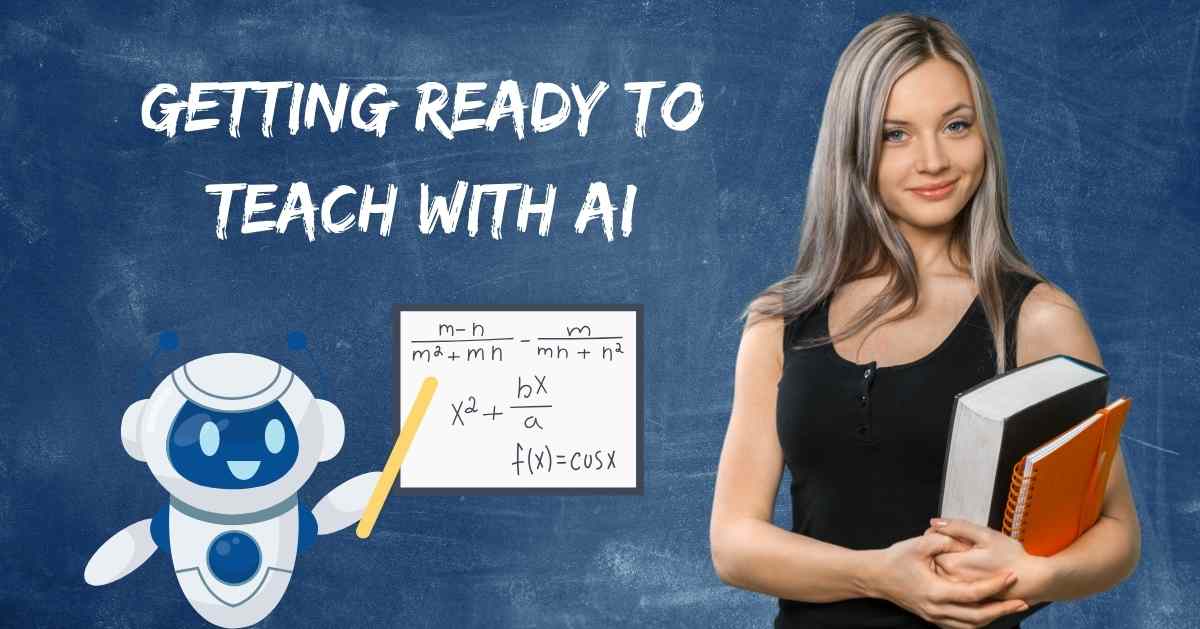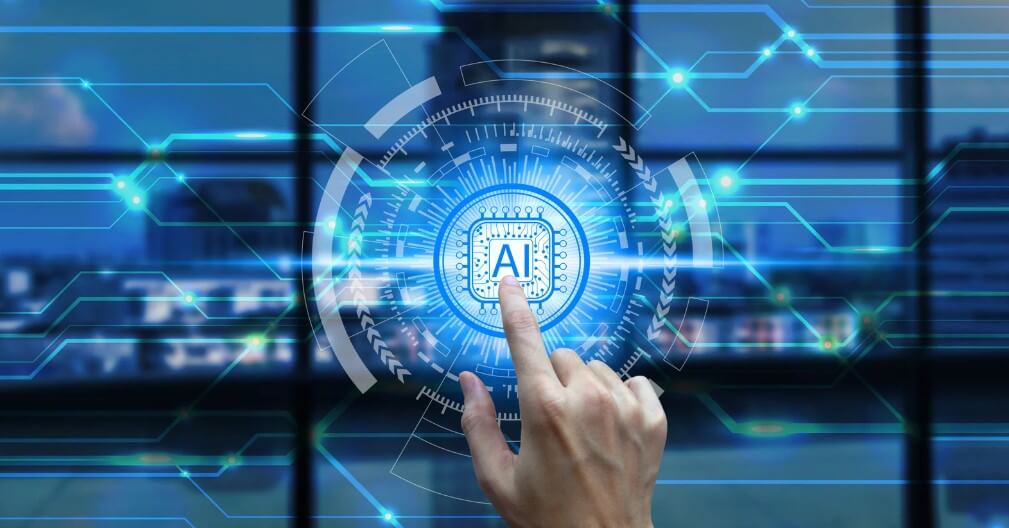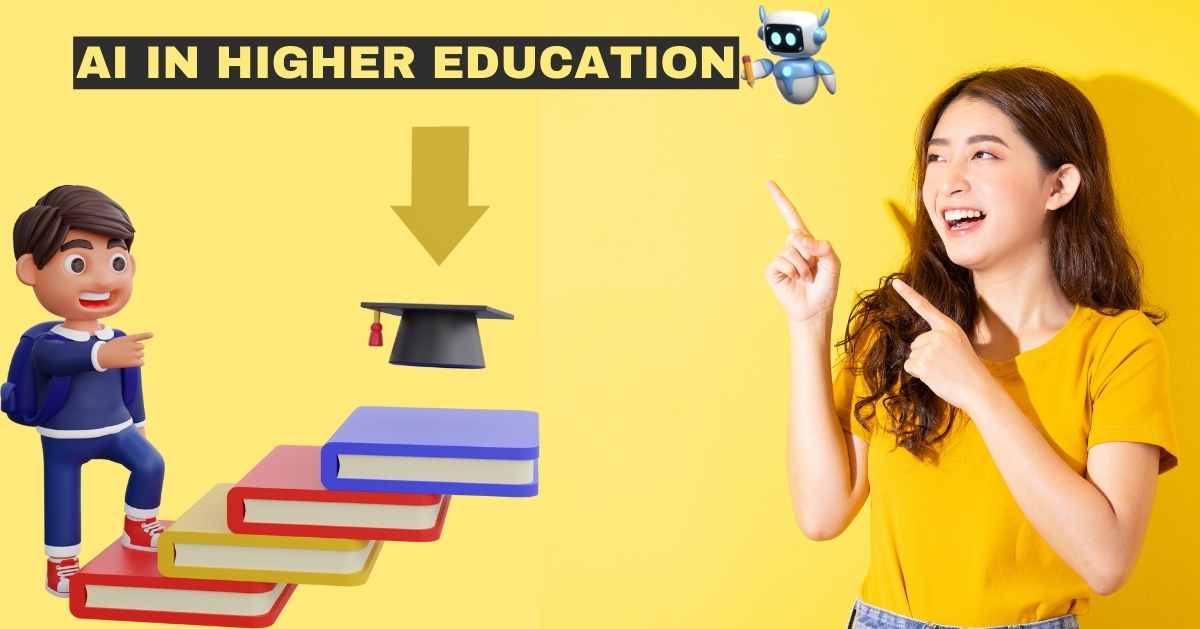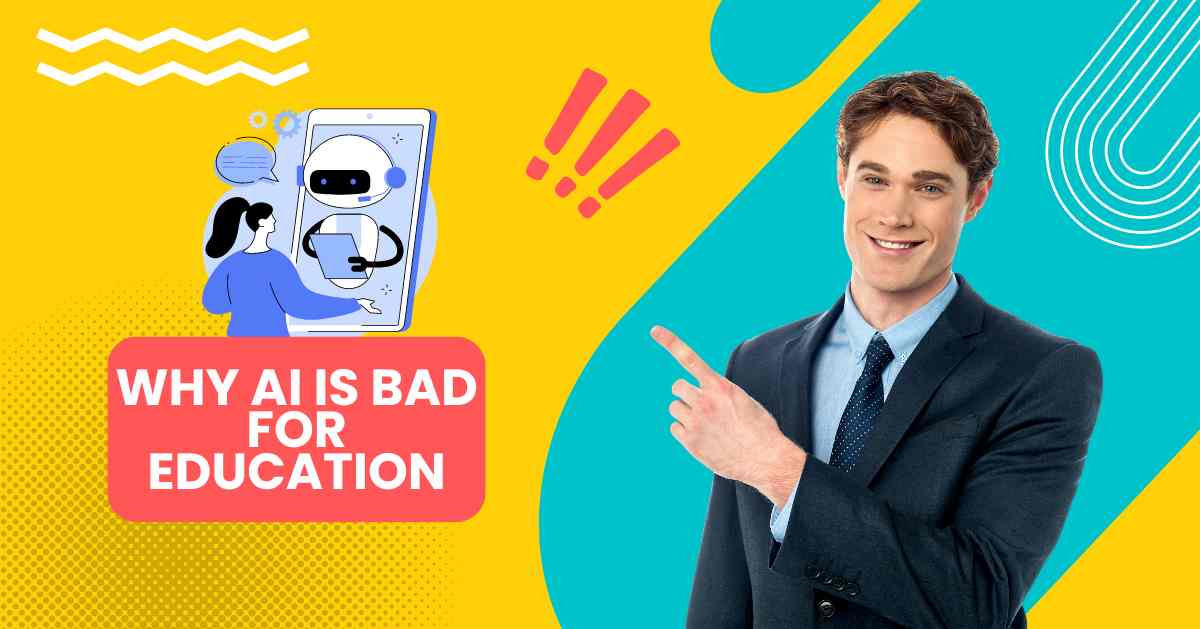AI in Education Balancing Promise and Concerns
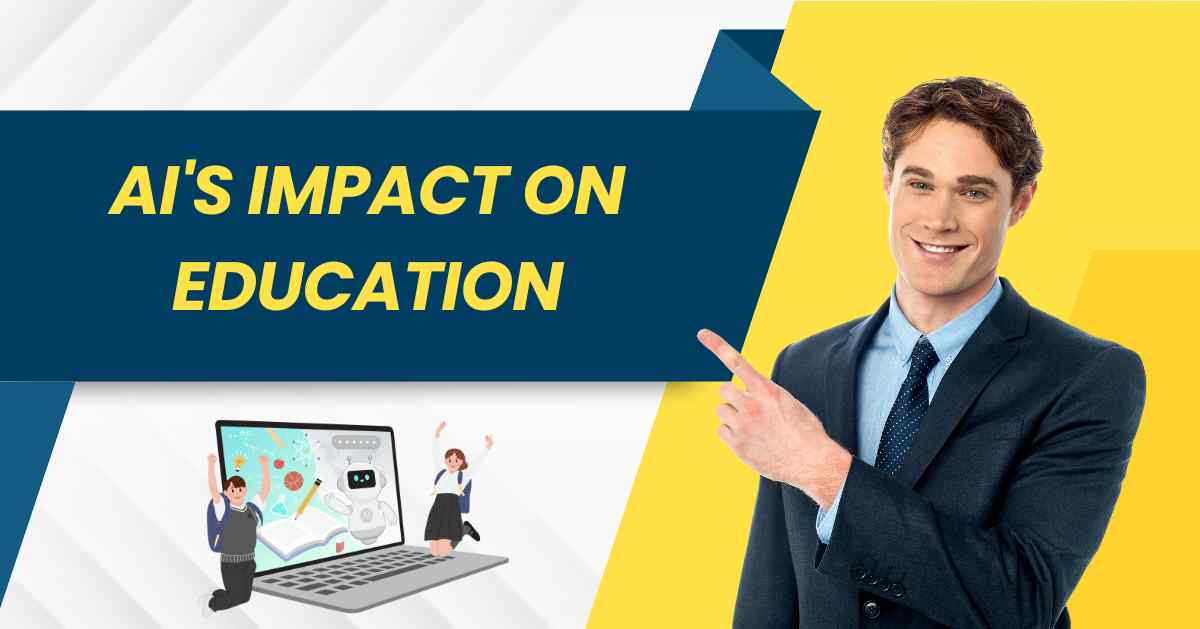
In the dynamic landscape of AI in education, balancing promises with concerns is paramount. As educators embrace advancements in Artificial Intelligence (AI) for personalized learning and enhanced efficiency, they must navigate a delicate equilibrium. This exploration looks at how AI is changing education and why it’s important to balance innovation with ethics and human connection.
Why AI Should Not Be Used in Education
Lack of Personal Touch: AI can’t replicate the personal connection between teachers and students. Human interaction is crucial for emotional and social development.
Equity Issues: The cost of AI technology can create disparities in access as not all educational institutions have the means to acquire up-to-date resources, thereby exacerbating the divide between affluent and underprivileged schools.
Privacy Concerns: AI systems often collect a lot of data on students. There are risks of this data being misused or hacked.
Over-reliance on Technology: Students might become too dependent on AI, losing essential skills like critical thinking and problem-solving.
Why AI Should Be Used in Education
Personalized Learning: AI can tailor lessons to each student’s needs, helping them learn at their own pace and style.
Efficiency: AI can handle administrative tasks like grading, giving teachers more time to focus on teaching.
Access to Resources: AI provides students with a wealth of resources, including interactive lessons and tutoring, which can enhance their learning experience.
Support for Teachers: AI tools can help teachers by providing insights into student performance and suggesting improvements in their teaching methods.
How AI Is Being Used in Education
Adaptive Learning: AI adjusts assignments based on student progress to keep them engaged without causing excessive stress.
Virtual Tutors: Tutors powered by AI assist students after school by responding to queries and clarifying ideas.
Automated Grading: AI can grade multiple-choice tests and even some essays, saving teachers time and providing quicker feedback to students.
Data Analysis: AI analyzes student data to identify patterns and trends, helping educators understand what works and what doesn’t in their teaching methods.
How AI Will Affect Education in the Future
More Personalized Learning: AI will continue to refine its ability to cater to individual learning needs, making education more personalized and effective.
Blended Learning: AI will facilitate a mix of traditional and online learning, giving students the flexibility to learn in different environments.
Lifelong Learning: AI can support continuous education by providing resources and learning opportunities for people of all ages.
Enhanced Educational Tools: In the coming years, advancements in AI will lead to the development of resources that enhance interactivity and engagement in learning.
Why AI Is Bad in Education
Job Displacement: AI could potentially replace some teaching positions, leading to job losses.
Bias in AI: AI systems can inherit biases from their training data, leading to unfair treatment of specific student groups.
Technical Issues: Dependence on AI means that technical problems could disrupt learning. Not all schools have the infrastructure to support advanced AI tools.
Loss of Creativity: Relying too much on AI could limit creativity in teaching and learning, as educators and learners might adhere strictly to AI suggestions.
Ways to Use AI in Education
Learning Management Systems: AI can manage and streamline course materials, assignments, and communications between students and teachers.
Interactive Learning Tools: AI can make interactive and immersive learning experiences, like virtual labs and simulations.
Student Support: Chatbots powered by AI offer support to students, addressing queries related to their coursework and providing guidance on study techniques.
Administrative Tasks: Teachers can dedicate their time to teaching as AI takes care of organizing schedules and monitoring attendance.
Conclusion
In the realm of AI in Education Balancing, striking an equilibrium between innovation and ethical concerns is essential. Balancing the benefits of AI for learning and improved productivity with the need to address inequalities and preserve interaction is crucial. This balance ensures a future where technology enriches education without compromising its core values.


